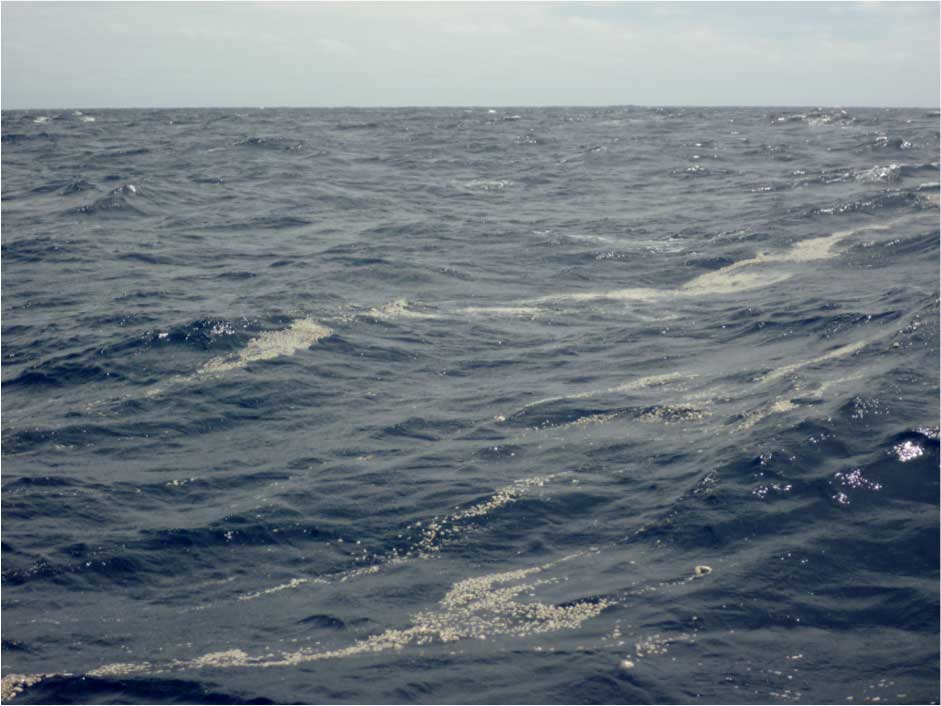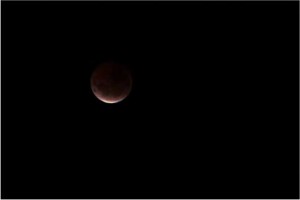The MESH expedition is coming to an end, and everybody is busy packing gear, writing reports, and trying to finish all the chocolate that is not allowed off the ship due to New Zealand biosecurity. We have had some choppy sea conditions these last few days, and a few of us (including myself) became a little paler, less hungry, and less talkative than usual. Thinking about the end of this adventure, I would like to share how it all started, and for this, we need to talk about one of the most bizarre things that can occur on this planet: mats of floating rocks, or pumice rafts, which are dispersed by ocean currents.
This wonderful adventure started in 2012, when Rebecca Carey and I were chatting online about the sightings of a giant pumice raft in the Kermadec arc, North of New Zealand. Some of our colleagues had tracked the source of the pumice raft to a barely-known underwater volcano, the Havre caldera volcano. At that time, medium-resolution satellite images were showing an immense volume of pumice in a pumice raft that was being widely dispersed in the Southwest Pacific Ocean. While Rebecca was frantically writing a proposal to fund this expedition in collaboration with Adam Soule, I focused on tracking the pumice raft to better understand how these giant bodies were dispersing, and where this raft would actually end up. Browsing on the internet, I found several blogs where sailing crews had encountered the pumice raft between the Tonga and New Zealand. I could collect data on dates and location of pumice raft sightings, and some crews even sent me their precious souvenirs of fresh floated pumice clasts (pieces) that they collected during their trip. This research brought about our first research paper on the Havre caldera, and it will be followed by dozens more as a result of the MESH cruise!

Ribbons of pumice clasts by a sailing crew in October 2012, in between Tonga and New Zealand. Photo courtesy: Ilkka Liukkonen
When we arrived by ship to our destination, the reality of the size of this pumice raft became clear: We realised that the one-day-old raft would have spread as far as we could see to the horizon. It is hard to imagine a sea covered by clinging and rolling white cobbles of pumice. Apart from pixelated satellite images, there are no photos of the raft taken at that time, because this volcano is in a very remote area, out of the main shipping routes. However, the remoteness of this underwater volcano is very fortunate, considering the damage such raft could have done to coastal areas by blocking many vessels and harbours for days to months. In October, three months after the eruption, several sailing crews encountered very dilute rafts, ribbons of pumice clasts floating together on the ocean’s surface. But these rafts were very dispersed compared to the original raft.
To put this in perspective, the 400-km2 (154 square-mile) raft at day one has dispersed to more than twice the size of New Zealand in three months, covering vast expanses of water.
During this cruise, we collected some of these pumice rafts that did not make it very far, being quickly waterlogged, whereas their siblings continued their long route in the Southwest Pacific, entrained by water currents. Stranding of pumice flocks have been documented in the Tonga islands, on the northern shores of New Zealand, and finally on the eastern coast of Australia, including Tasmania. And there is no doubt that some of these pumice clasts are still floating today…









